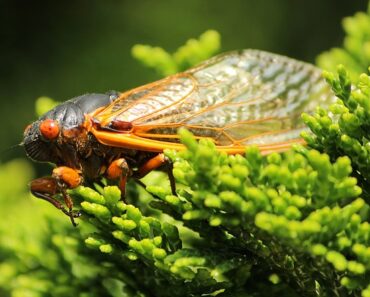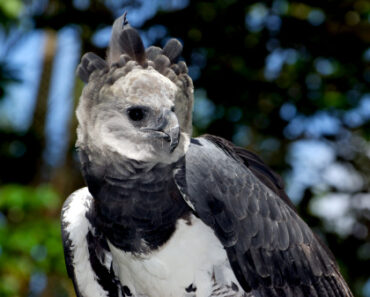
If you’ve never heard of tapir, you’ve come to the right place. This mammal, with a mini elephant trunk and looking strangely like a pig, has nothing to do with them. It is a close relative of the horse and the rhinoceros. Does that surprise you? Then you might be interested in what follows!
Under the genus of the family Tapiridae, hide several species
The tapir, is the only animal to be part of the tapiridae family, which consists of five different species.
The species of “classic” tapirs
Four of them have been known for many years by the scientific community. They are the Baird tapir (Tapirus bairdii) with a short brown coat, the terrestrial tapir (Tapirus terrestris) which is distinguished from its congener by the presence of a thick brown mane, and the mountain tapir, which is the only one to have a woolly fleece to protect itself from the cold, in the mountainous massifs where it has taken up residence. The shabrack tapir (Tapirus indicus) is the only species to live on the Asian continent (Southeast Asia) and to be adorned with black and white.
The small black Tapir, the one that took a long time to be discovered.
If the natives already knew the existence of this animal, it is only in 2013 that the scientists studied the question and recognized the small black tapir (Tapirus kabomani) as a species in its own right. Present in some parts of Brazil as well as in Colombia and in the south of Guyana, it is the smallest of all, with an average weight of 110Kg.
The biology of the tapir
Whatever the species, the way of life and reproduction of the tapir does not vary. Solitary and discreet, this stocky mammal begins to be active at nightfall, taking advantage of the day to hide and rest.
Its diet
Exclusively vegetarian, it feeds on seeds, seedlings and fruits that it can easily collect with its prehensile trunk. Thanks to such a diet and to the excretion of the seeds he eats, he allows the forests to regenerate.
A slow reproduction
It is around the age of 3 to 5 years that individuals are available to reproduce. If there is no particular season to reproduce, the gestation period is quite long. 13 months are necessary for the birth of the young. The females can then give birth about every two years! All the young of the different species have the same physical appearance. From their birth to their 6th month, they have a striped reddish-brown coat with white spots.
Water points, essential to their well-being
Watercourses have various functions for tapirs, moreover, they rarely stray from them. In addition to refreshing themselves, these stocky animals plunge into them to get rid of parasites on their skin. These water points even allow them to take refuge from their predator, the jaguar, rushing into the water to flee from it.
An extraordinary trunk!
Giving it a strange look, their trunk is a real all-rounder! Extremely mobile and prehensile, being able to contract and extend at will, this mini trunk allows them to strip the branches or pull up plants to feed. And that’s not all! When they immerse themselves in water, their trunk allows them to act as a “snorkel”, and to stay there longer.
With poor vision, it is also useful to palpate the mammal’s close environment to explore its surroundings!
It’s a trunk that doesn’t deceive!






